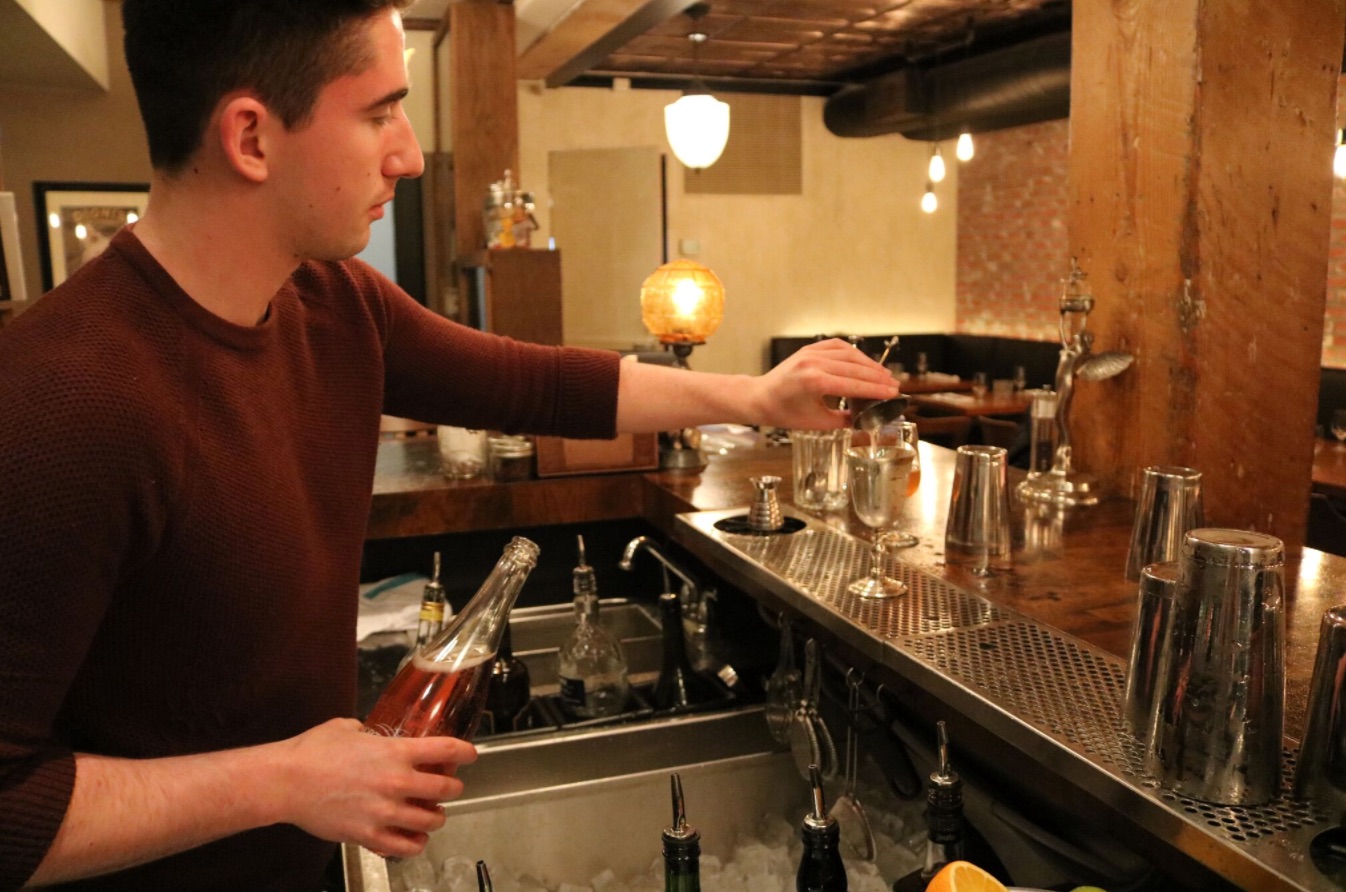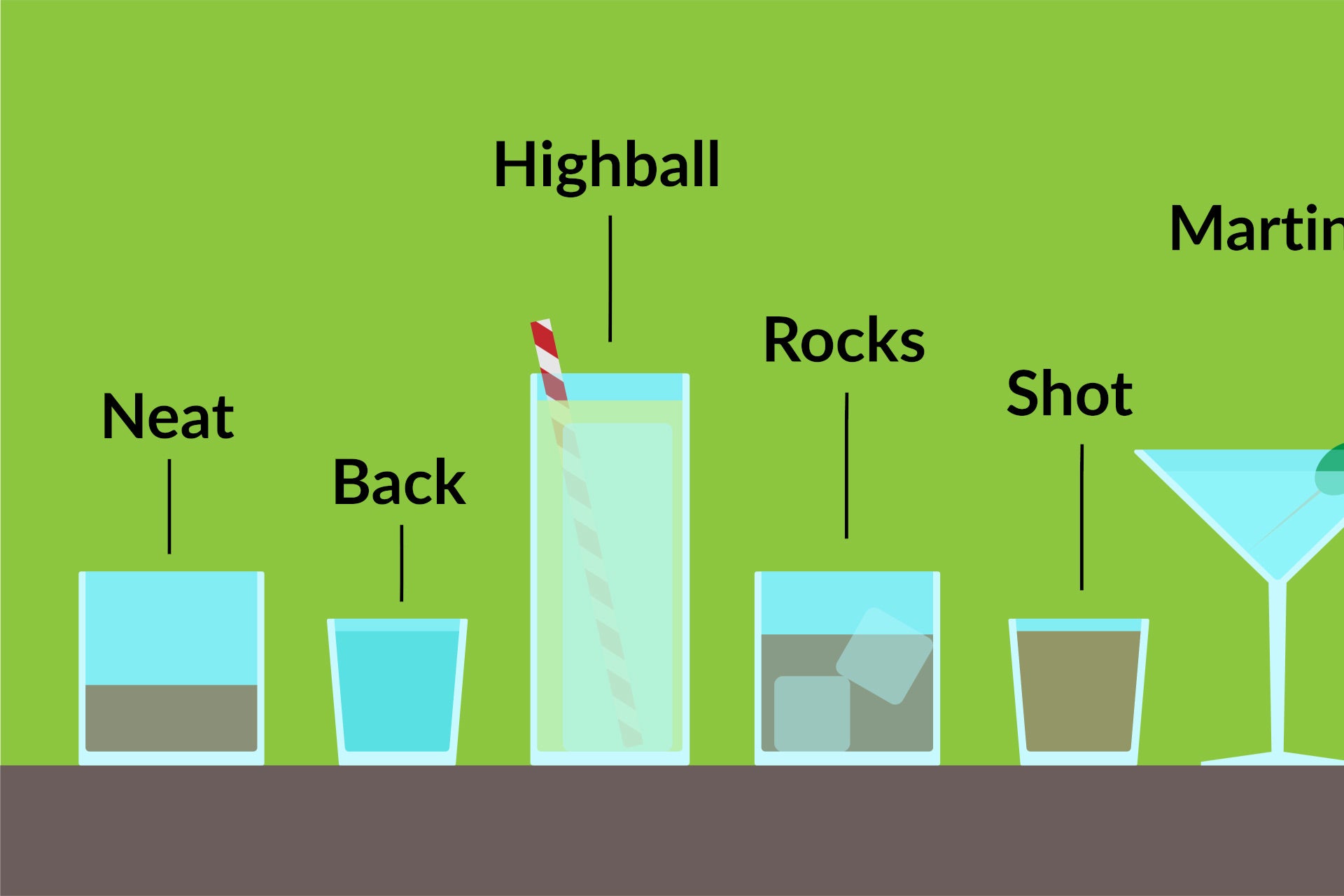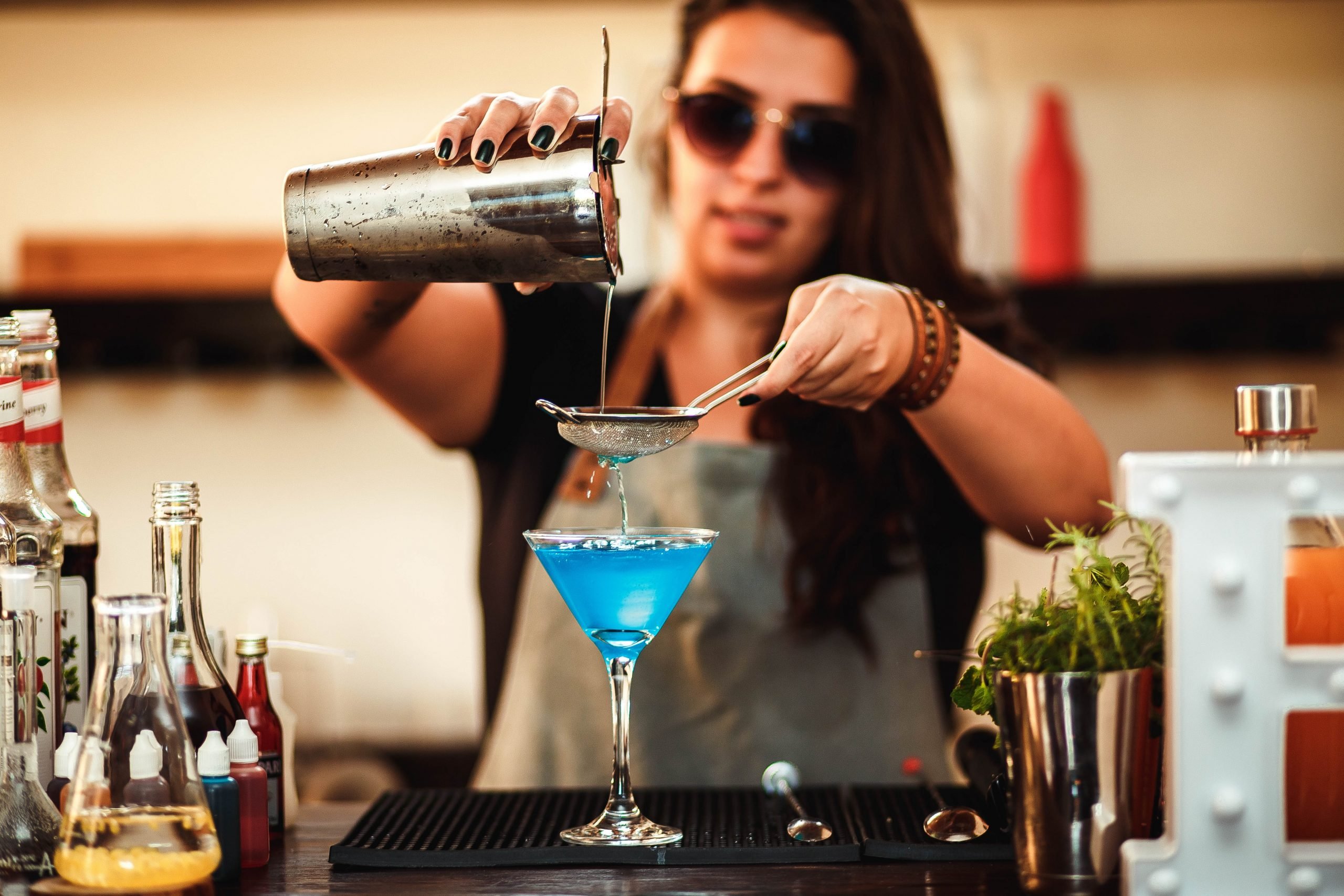In the world of bartending, precision is key. But have you ever heard a bartender mutter something about a drink being “bruised”? Fear not, cocktail connoisseur!
This introduction dives into the world of bruising in bartending, unraveling the mystery behind this terminology and its impact on your favorite drinks.
Why It Matters: The Impact of Bruising
Bruising isn’t just about aesthetics; it can affect the taste of your drink. Excessive shaking breaks down the ice, diluting the cocktail and potentially muting its delicate flavors. By understanding bruising, you can master the art of mixing and creating well-balanced drinks that tantalize the taste buds.
The Science Behind Bruising: Ice Quality Matters
The quality of ice you use plays a crucial role in preventing bruising. Cloudy or low-quality ice melts faster, contributing to dilution and a cloudy appearance. Opt for clear, dense ice cubes that melt slowly, minimizing dilution and preserving the integrity of your drink.
Shaken vs. Stirred: Choosing the Right Technique
Not all cocktails are created equal! Shaking is ideal for drinks with citrus juice or ingredients that benefit from aeration, like a Daiquiri. However, for spirit-forward cocktails like a Martini, stirring gently allows the flavors to meld without excessive dilution. Understanding the ingredients and desired outcome is key to choosing the right technique.
Bruising-Prone Spirits: Handle with Care
Some spirits, like vodka, gin, and tequila, have delicate flavors that are easily masked by over-dilution. When working with these spirits, consider using a stirring technique or incorporating them into cocktails that benefit from a lighter texture, like a Tom Collins.
Expert Tips to Prevent Bruising
Here are some golden rules to prevent bruising and create flawless cocktails:
- Ice, Ice, Baby: Invest in high-quality, slow-melting ice cubes.
- Stir It Up: For spirit-forward drinks, opt for gentle stirring instead of vigorous shaking.
- Technique Explorer: Experiment with techniques like muddling or layering to enhance flavors without excessive shaking.
- Knowledge is Power: Stay updated on proper mixing techniques and industry trends.
Beyond Bruising: Presentation and Taste
The perfect cocktail goes beyond avoiding bruising. Here are some additional tips to elevate your creations:
- Garnish with Flair: A well-chosen garnish, like a sprig of mint or a citrus twist, adds a touch of visual interest and complements the flavors.
- Glass Act: Choose the right glassware that complements the style of your drink.
- Cleanliness is Key: Ensure your glassware is sparkling clean to avoid any unwanted odors or residue that can affect the taste.
- Flavor Finesse: Pay attention to the balance of ingredients and adjust accordingly. Fresh, high-quality ingredients are key to a memorable cocktail experience.
Conclusion: Mastering the Art of Bruising-Free Cocktails
By understanding bruising and implementing these tips, you’ll be well on your way to crafting exceptional cocktails. Remember, the key is to find the balance between proper mixing and avoiding over-dilution. With practice and these insights, you’ll be able to create visually stunning and flavorful drinks that leave a lasting impression on your guests. So, grab your shaker (or stirring spoon) and get ready to impress!
FAQ About Bartending Lingo: Exploring The Term Bruising In Bartending
Q: What does the term “bruising” mean in bartending?
A: In bartending, “bruising” refers to the effect of over-shaking or stirring a drink, which causes it to become too diluted and alters the intended flavor profile.
Q: How can you prevent bruising a cocktail?
A: To prevent bruising a cocktail, bartenders can adjust the intensity and duration of shaking or stirring to ensure that the drink is properly mixed without becoming overly diluted.
Q: Which types of cocktails are more susceptible to bruising?
A: Cocktails that contain delicate or subtle flavors, such as martinis or spirit-forward drinks, are more susceptible to bruising since excessive agitation can mask or alter their nuanced taste.
Q: Can bruising be a desired outcome in certain cocktails?
A: While bruising is typically seen as a negative outcome, some cocktails, like a whiskey sour or a mojito, may benefit from slight dilution to mellow out bold flavors or enhance aromatic elements.
Q: How can bartenders balance between mixing a cocktail well and avoiding bruising?
A: Bartenders can achieve a balance by understanding the specific requirements of each drink, using quality ingredients, and mastering the technique of shaking or stirring to achieve the desired texture and taste without over-diluting the cocktail.



